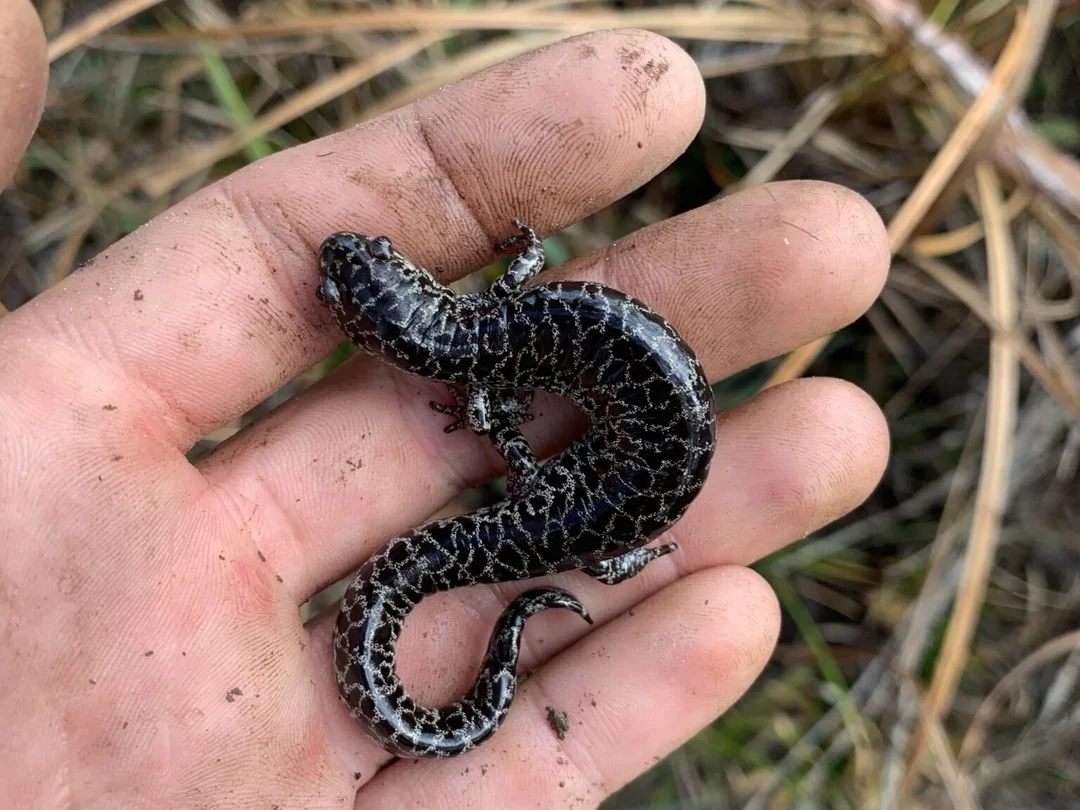
Florida’s Wildlife: Are Daring Conservation Efforts the Key to Survival?
In the heart of Florida, groundbreaking efforts are underway to rescue endangered species from the brink of extinction, raising questions about the cost and effectiveness of conservation versus restoration. As habitats vanish due to development and pollution, initiatives to protect unique wildlife like salamanders and snakes highlight a critical battle for biodiversity—one that could reshape the state's environmental future.
At the forefront is the Amphibian and Reptile Conservancy's 'headstarting' program for the frosted flatwoods salamander, a striped amphibian once widespread in the South but now clinging to pockets of Panhandle pine habitats. Biologist J.J. Apodaca, with his characteristic enthusiasm, explained the urgency: "We have to keep these species around as part of the ecosystem. They have just as much a right to exist as we do." His team has released over 1,200 salamanders this year alone, collected as eggs, raised in safety, and reintroduced to boost survival rates. This approach, once seen as radical, reflects a growing need for intervention in the face of habitat loss.

Parallel efforts focus on the eastern indigo snake, the longest native snake in the U.S., with The Nature Conservancy releasing a record 42 individuals—22 females and 20 males—into the Apalachicola Bluffs and Ravines Preserve. This marks the ninth year of the program, which has successfully reintroduced 209 snakes overall. Catherine Ricketts, the preserve manager, emphasized the ecological balance at stake: "These snakes are a key component of restoring north Florida's longleaf pine forests." The snakes, hatched at the Central Florida Zoo and raised for two years, play a vital role as apex predators, controlling populations of venomous snakes and other small animals.
Yet, these successes come against a backdrop of costly restoration projects across Florida. The Everglades, for instance, has drained billions in taxpayer funds over 25 years to reverse damage from development and farming, as noted by Eve Samples of Friends of the Everglades: "We've lost more than half the historic Everglades, creating a huge burden on the public." Similarly, the Indian River Lagoon faced a tipping point with toxic algae blooms leading to manatee starvation, prompting a $100 million state investment. Clay Henderson, a veteran advocate, compares these efforts, pointing out that prevention is far cheaper than remediation: "It is always cheaper to buy conservation lands than to restore damaged ecosystems." With projects like Lake Apopka's $200 million cleanup, the pattern is clear—restoration often follows shortsighted decisions, leaving taxpayers to foot the bill.

Analyzing these initiatives reveals a poignant irony: while headstarting and reintroduction programs show promise, they underscore the need for proactive conservation. Florida's ecosystems, from pine forests to estuaries, are interconnected, and losing one species ripples through the food chain. Experts like Pat Rose warn of potential collapses if pollution isn't curbed, advocating for policies that prioritize preservation over reactive fixes.
In summary, Florida's conservation victories with species like the frosted flatwoods salamander and eastern indigo snake demonstrate that early intervention can prevent ecological disasters, saving both wildlife and resources. But as development pressures mount, the question remains: Will we learn from these efforts to protect our natural heritage before it's too late? Share your thoughts on these initiatives—do you support stronger conservation measures, and how can we balance growth with environmental health?